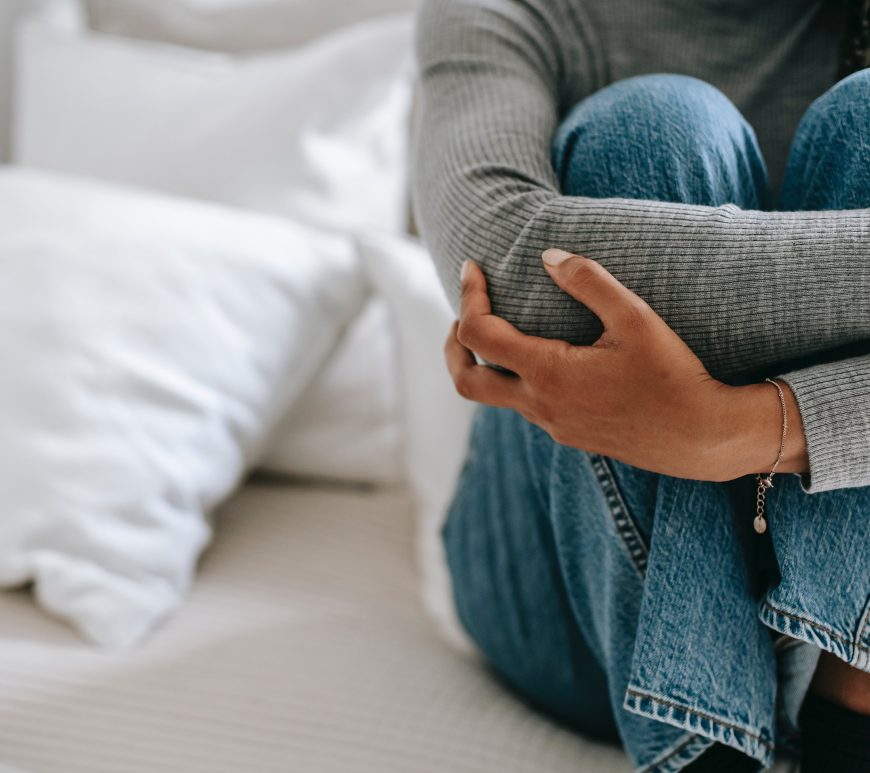
Does bed positioning program effectively manage knee contractures in institutionalized older adults?
In 2000, Fox, et. al., conducted study about Knee contractures which pose a significant challenge in the care of older adults residing in long-term care facilities. Despite the importance of addressing contractures, limited research has been conducted to evaluate effective interventions. This study aimed to investigate the efficacy of a specialized bed positioning program (BPP) in treating knee flexion contractures among institutionalized patients. Sixteen patients, … Continue reading Does bed positioning program effectively manage knee contractures in institutionalized older adults?


